11 of the most common home office design mistakes to avoid
Make your WFH as perfect as possible by avoiding these common home office design mistakes
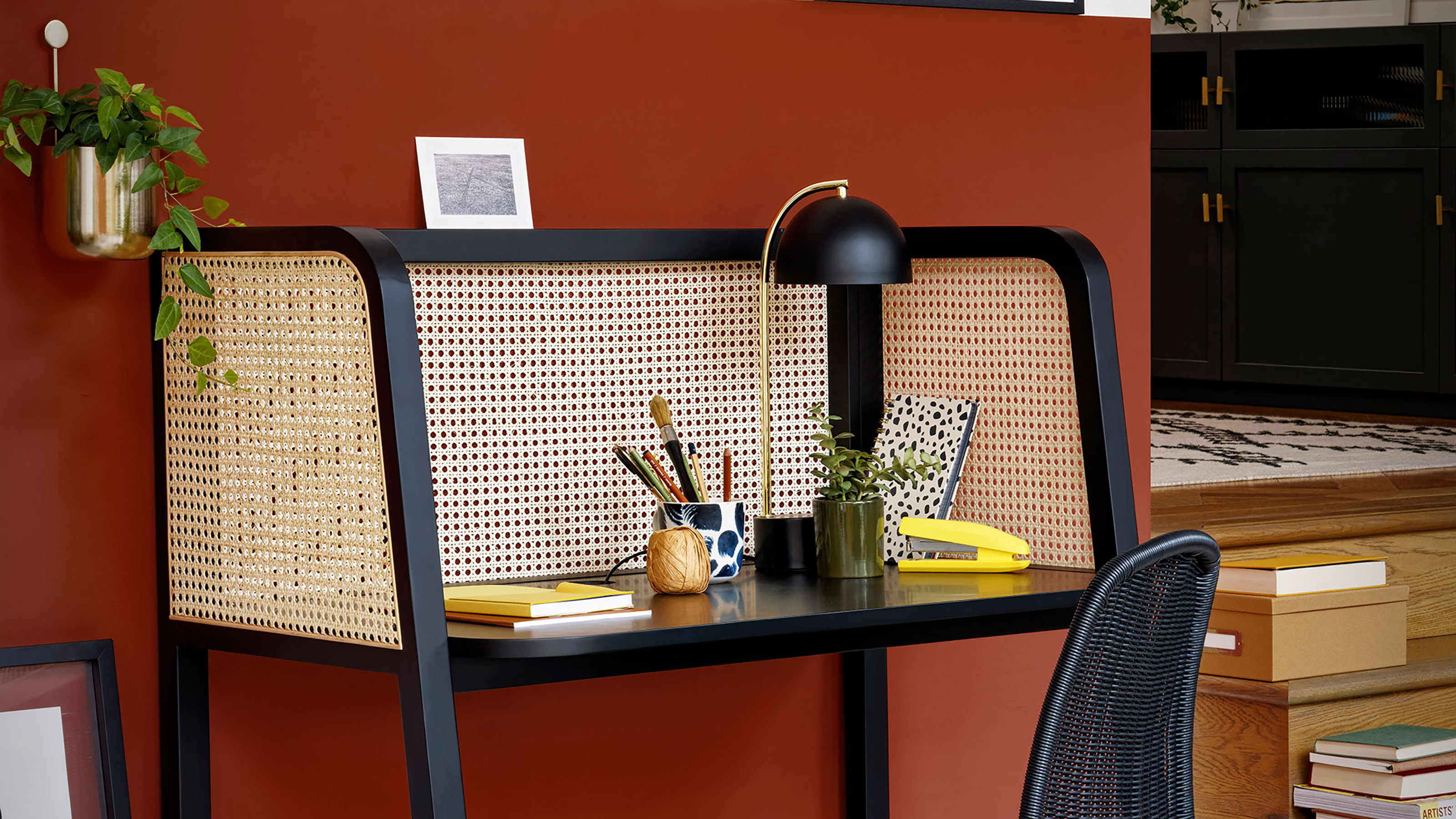

Holly Cockburn
Only a couple of years ago, a home office wasn't seen as much of a necessity as it is now. Fast forward to today, home offices have become a staple, whether it's for full-time office work or for a dedicated admin spot. So if you are planning your own, you might want to know the home office design mistakes to avoid, before you get started.
Homes have evolved hugely in recent years, becoming multi-functional spaces for living and working, which means rethinking the layout and design of rooms so that they are practical for every eventuality. While there are plenty of home office ideas out there to inspire a creatively fulfilling space, it's also important to know which mistakes to avoid, so that the decorating process is as streamlined as possible.
Home office design mistakes to avoid
You might not think you even need a dedicated space to work from home, but combining the time spent doing life admin, the kids doing their homework and researching the latest household bill comparison deals, suddenly a spot to do it all looks good. So look at the spaces you have in your home currently, how you use them and where you can afford to make changes.
Whether you want to reimagine a space with in your home, or create a new WFH space altogether, follow our top tips to avoid the common home office design mistakes many fall victim of.
1. Neglecting space for a headboard
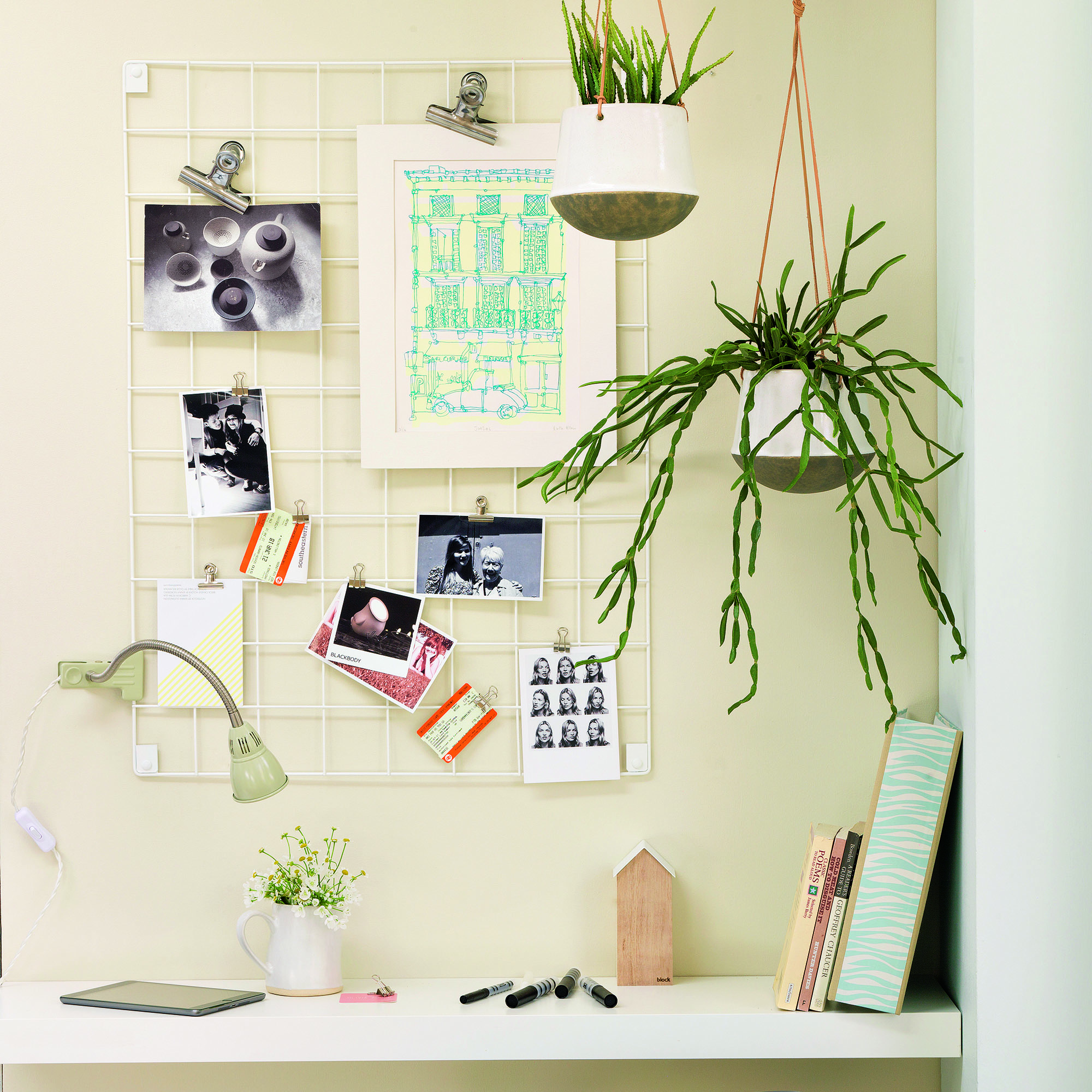
A pinboard or memo board will act as an interesting home office wall decor idea that breaks up big, plain areas of colour on your wall. It also gives you a dedicated spot to keep postcards, colour swatches and anything else that inspires and excites you.
Keeping important notes like a family calendar right in your eyeline is useful for everyone to keep track of daily memos. You can even buy a fabric-covered board or DIY your own to add even more pattern to a space.
2. Avoiding pattern
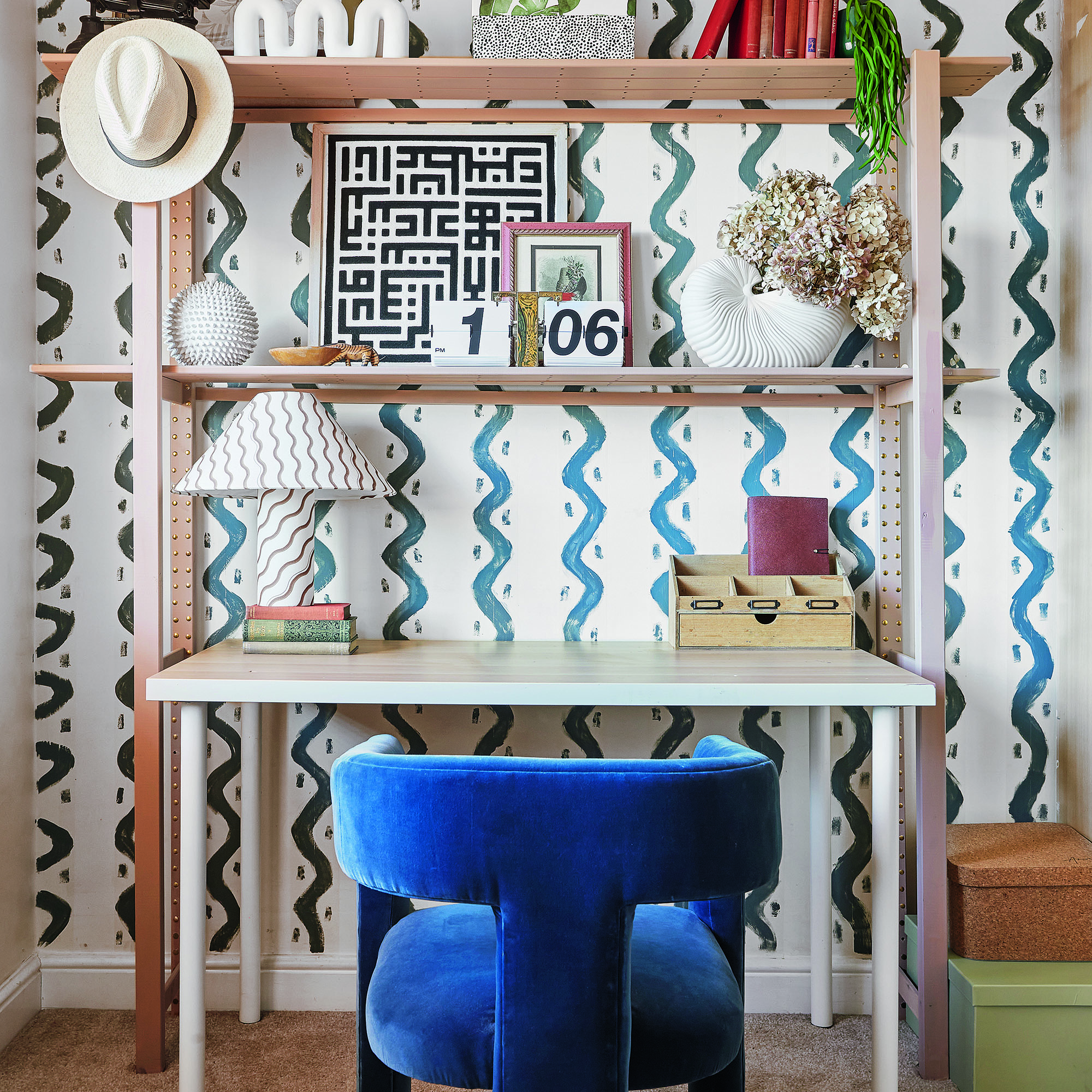
It can be easy to assume that the design of a workspace has to be as serious as the work going on in it, but actually adding some personality through home office wallpaper ideas will help to encourage productivity and creativity.
Get the Ideal Home Newsletter
Sign up to our newsletter for style and decor inspiration, house makeovers, project advice and more.
'A striking wallpaper provides the perfect backdrop to a statement desk set up. By making sure that no detail is overlooked, from the tech through to the ornaments and lighting, this is a workspace designed to be seen, says Jamie Watkins, co-founder of Divine Savages. 'Whether it's a work nook or an entire room, we believe the home office is the perfect place for wallpaper, to show off character & personality.'
3. Not adding task lighting
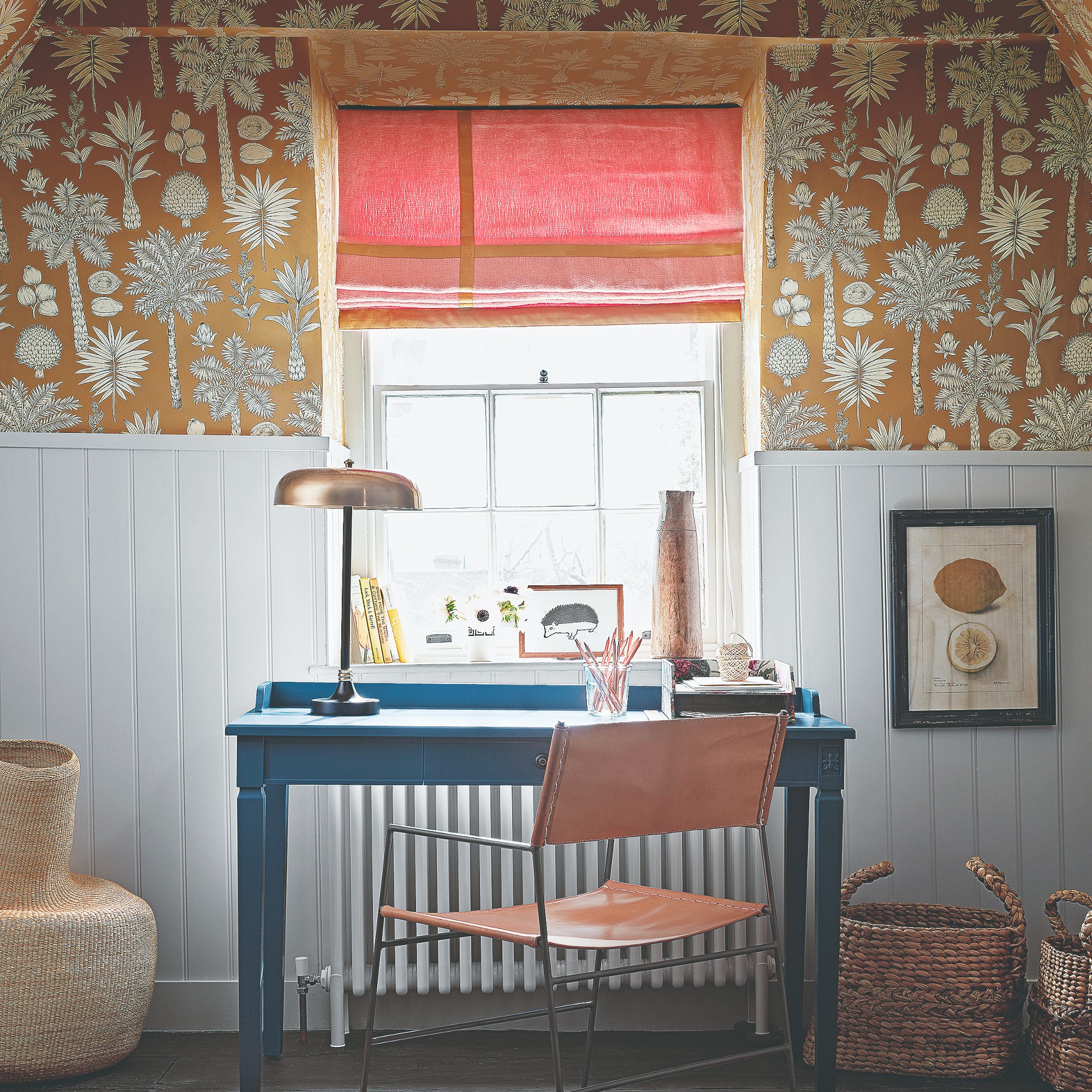
One of the most impactful aspects of interior design is lighting - it can entirely change the mood of a room as well as how practical it is to use. One of the biggest home office lighting mistakes is not varying the light sources or bulb colour enough, making it too stark to work when natural light disappears.
'If you’re working from home, a good desk light can lift the spirits and increase focus. Whether you have a dedicated study or a converted nook, lighting is key to creating a mood of productivity', says Charlie Bowles, director of Original BTC Director. 'Look for streamlined designs with angleable shades, to cast light where it’s most needed. A bone china shade will create a soft welcoming environment you’re eager to spend time in, while a metal shade concentrates light on paperwork.'
4. Not isolating the workspace
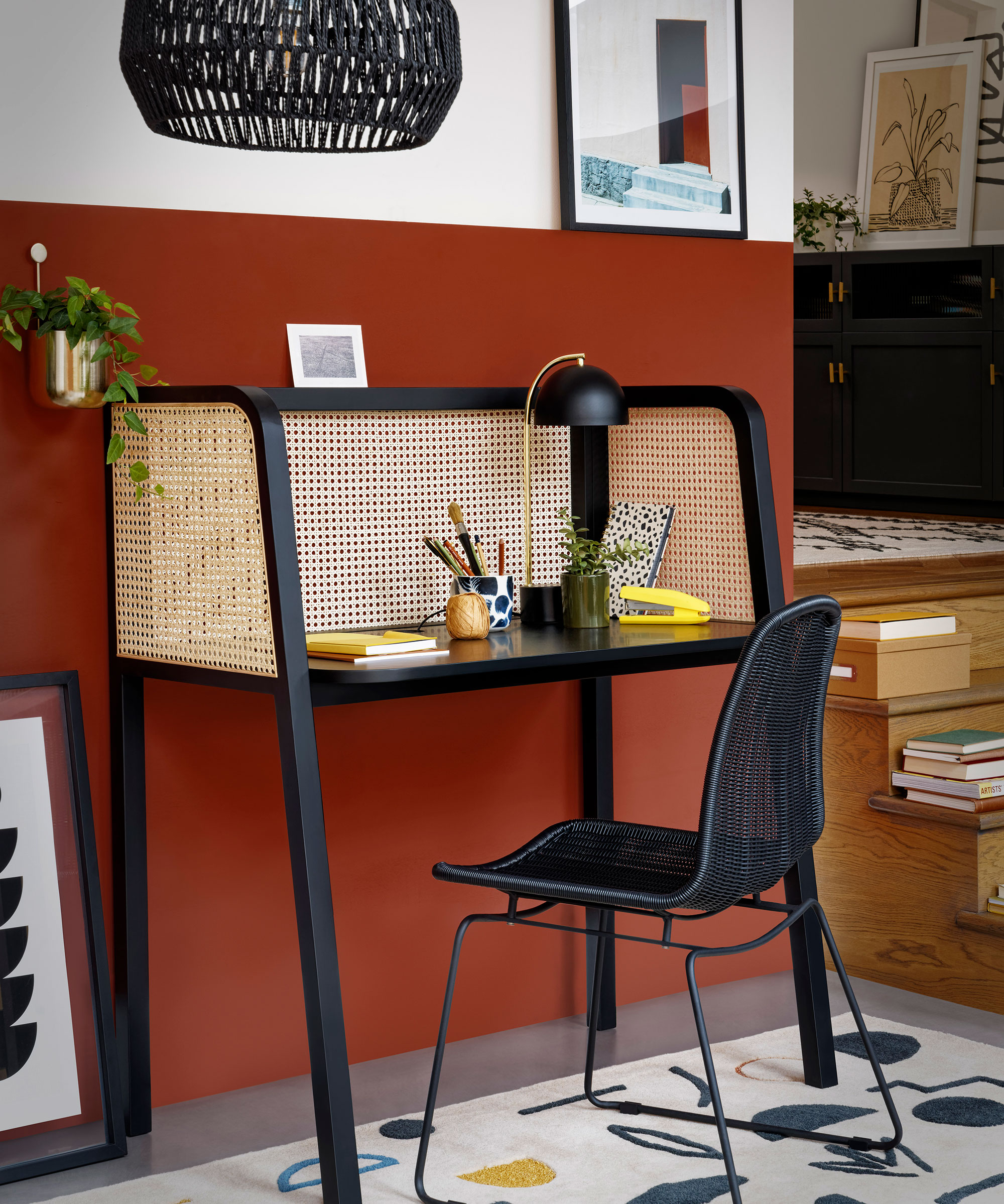
'Opt for a room divider or desk with built-in walls to carve out a designated area for work,' says Rachael Fell, Furniture Buying Manager at Habitat. 'Isolating the workspace in this way evokes an element of seclusion which encourages focus and concentration. These clear physical boundaries also help mentally separate office and living areas, meaning it’s easier to leave work behind at the end of the day.'
Even tidying away your laptop or any paperwork into a box at the end of the day, will mentally allow you to switch off, especially in a small home office. Trying to eat dinner while being surrounded by spreadsheets doesn't make for the healthiest way to eat...
5. Getting the natural light levels wrong
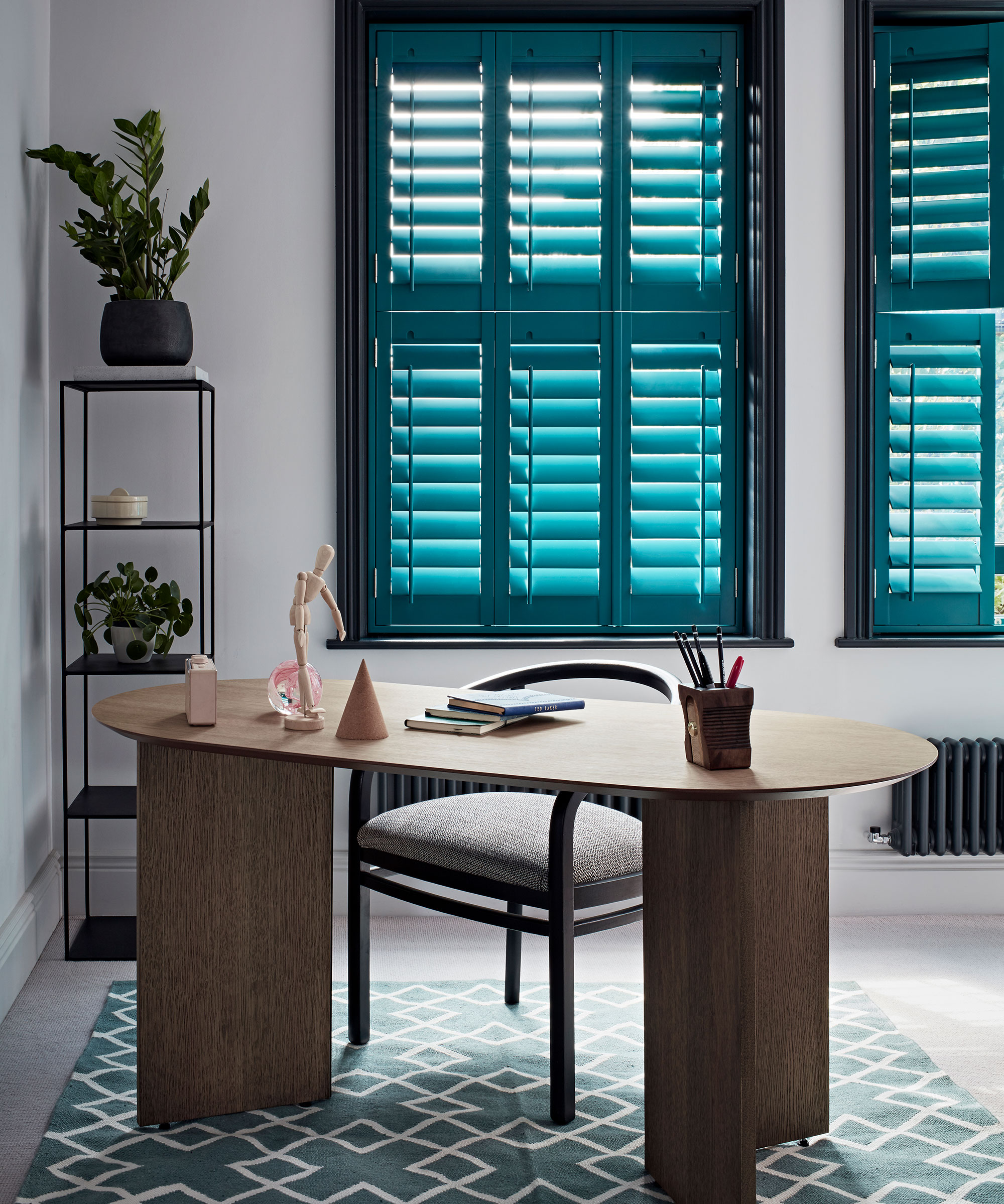
Providing light control, noise reduction, and insulation, as well as privacy from neighbours or passers-by, choosing the correct window dressings for your working space, will invite ultimate productivity.
'Installing shutters in your home office can have a range of aesthetic as well as practical benefits,' says Chrissie Harper, Customer Experience Manager at California Shutters. 'One of the most functional benefits is the ability to block out harsh and distracting sunlight with adjustable louvres for a space that encourages productivity. In addition to the benefit of light control, shutters are also the ideal solution for privacy and insulating rooms where comfort is a must.'
Roller blinds can also work well to control your light levels and can be installed easily and quickly, to solve glare from the sun on your screen.
6. No sense of the outside
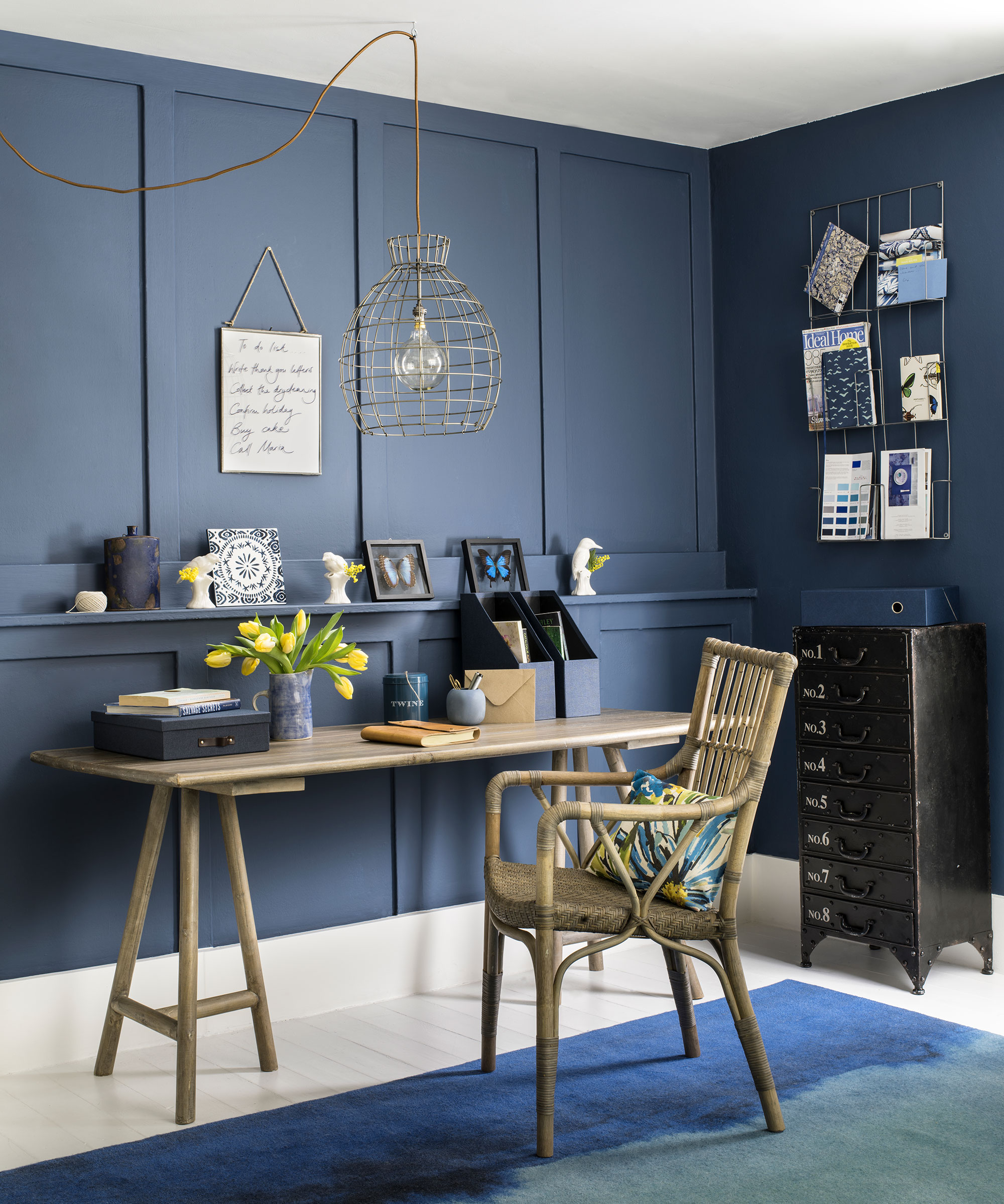
There’s nothing like a fresh vase of flowers on your desk, to bring a sense of the outside in and set you up for the day. Whether bought from a florist, the supermarket or just foraged from the garden, fresh flowers and houseplants will promote wellness and encourage mindfulness, which has become essential for any home office.
Prints and posters that follow a botanical theme will also help to bring the outdoors in, so opt for art work that feature flora and fauna.
7. Choosing the wrong desk chair
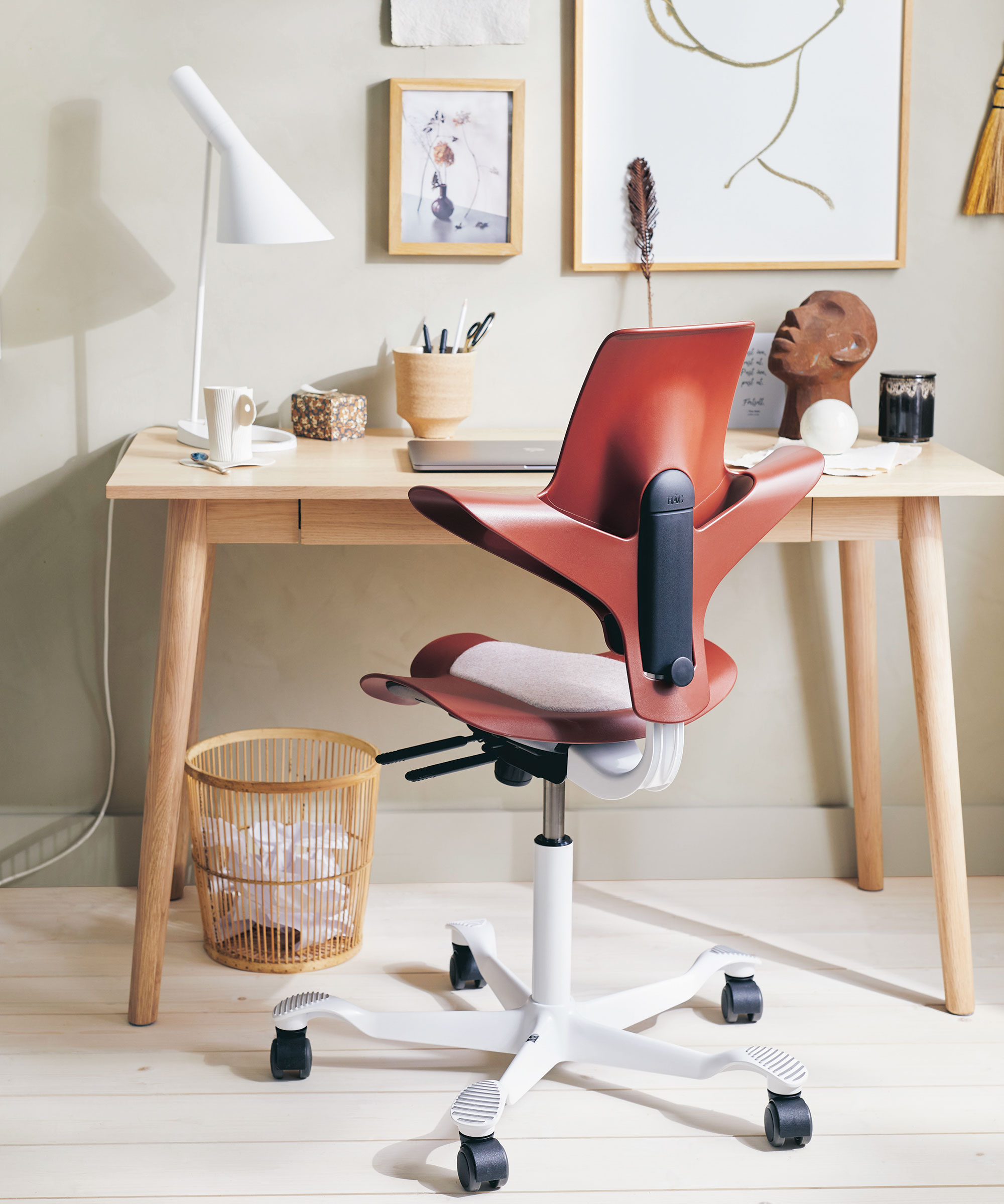
Getting your desk chair all wrong is one of the top home office design mistakes and will hugely impact how your day-to-day feels. While 'proper' desk chairs might not always look as stylish as that scalloped, velvet tub chair you've been eyeing up, they offer the right support for your back, which is worth its weight in gold!
Lucinda Newbound, Senior Ergonomics Advisor at Back in Action advises, 'When it comes to picking the perfect desk chair, think about how much time you are spending sitting and how you prefer to sit. Think of your office chair like a life partner and ask yourself would you prefer a swivel chair, something with arms and a headrest or are you up and down from your chair taking calls? The reason for this is you’ll probably spend more time with your chair than almost anyone or anything else in your life!'
8. Ignoring storage needs
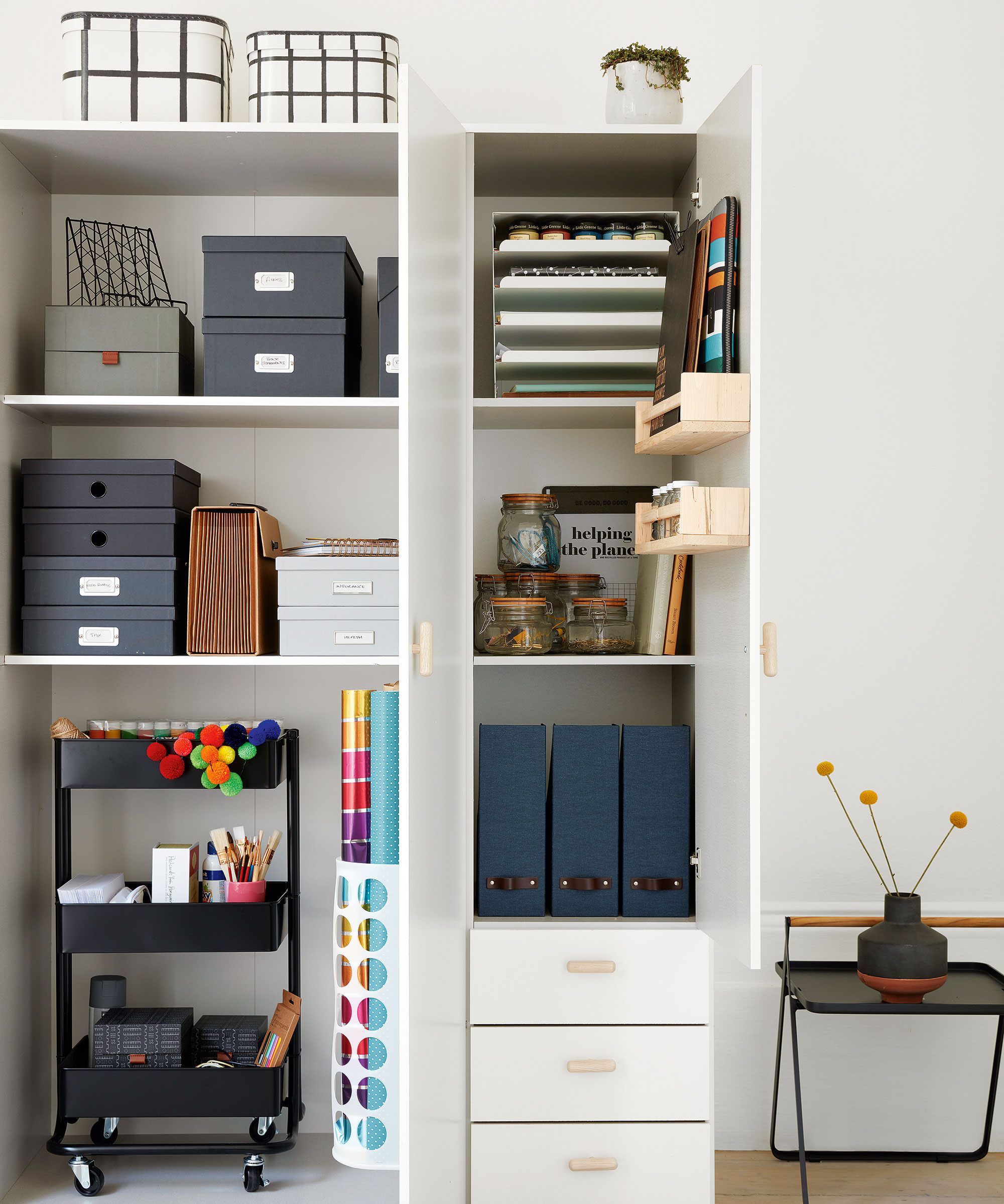
When planning your workspace, don't forget to include some all-important home office storage ideas. If your job involves a lot of 'stuff', give it a dedicated cupboard with a trolley you can wheel desk-side when it needs it, but tuck away again at the end of the day. Boxes, files and jars are all handy vessels for keeping paperwork and stationery under control and should help to encourage the rest of the household to be just as tidy!
Box files are great at disguising boring bills and can be covered in pretty wrapping or wallpaper offcuts if they are being kept out on display.
9. Not making the most of awkward spaces
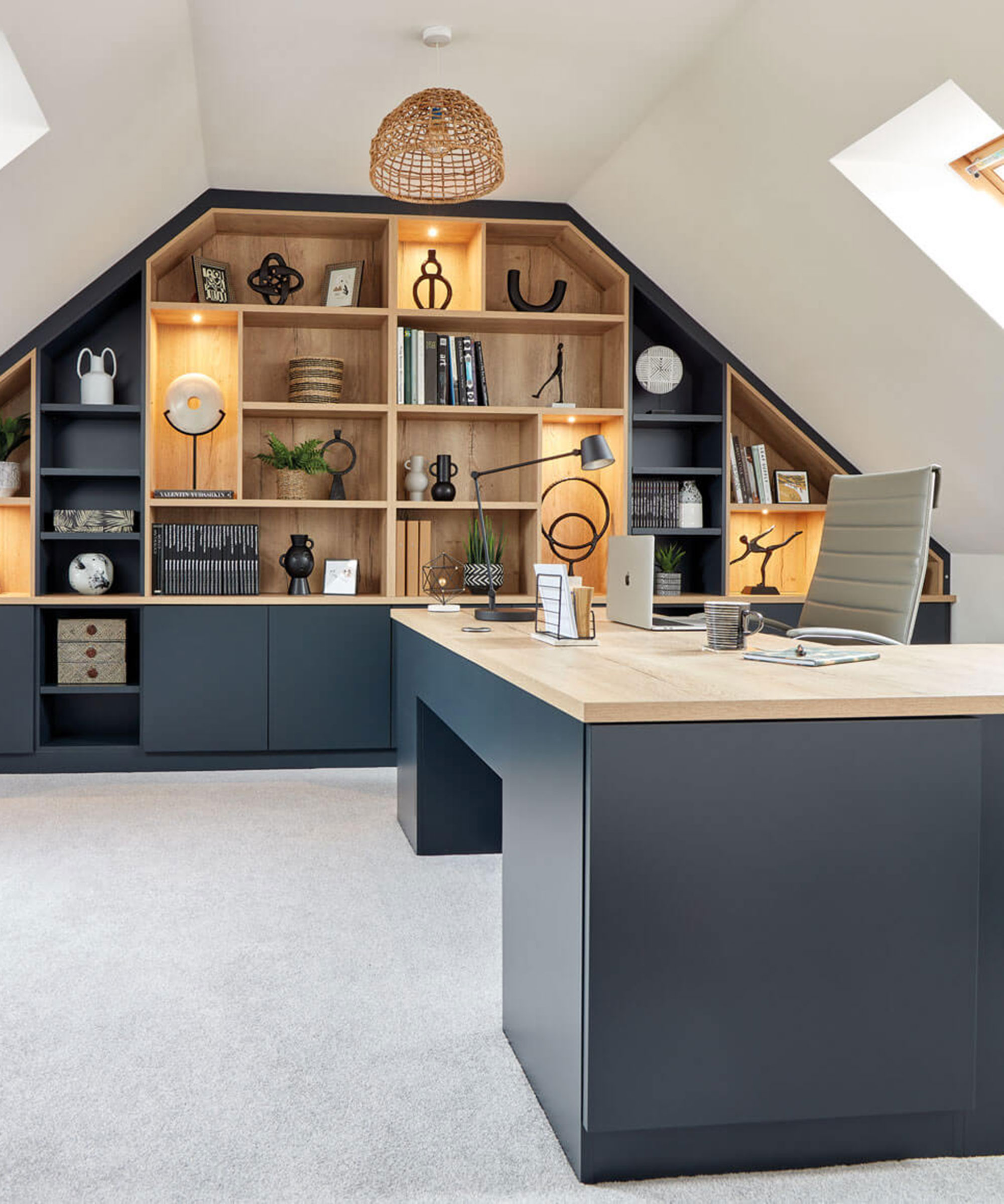
Attics and loft spaces across the country, found themselves being converted to offices back in 2020, and it's easy to see why. Tucked out of the way at the top of the house, you can close the door at the end of a working day, and not have to witness anything work-related until you are next back at your desk. It also means you don't eat into any of your living space downstairs, or any of the bedrooms too.
But there is no denying their awkwardly shaped home office layouts often throw up design mistakes in the making. Opting for bespoke storage or cupboards to use the space to it's highest potential, is definitely an investment that will pay off.
Senior Designer at Neville Johnson, Simon Tcherniak, says: 'The big advantage of bespoke furniture is of course that it can fill the space and cope with any idiosyncrasies. It is amazing how much storage you gain by going high up the wall, and if you make it no deeper than it needs to be your room will still feel spacious. Your designer can measure exactly what needs to be housed or displayed and make sure that it will all fit, look good and be accessible.'
10. Thinking you need an entire room for your home office
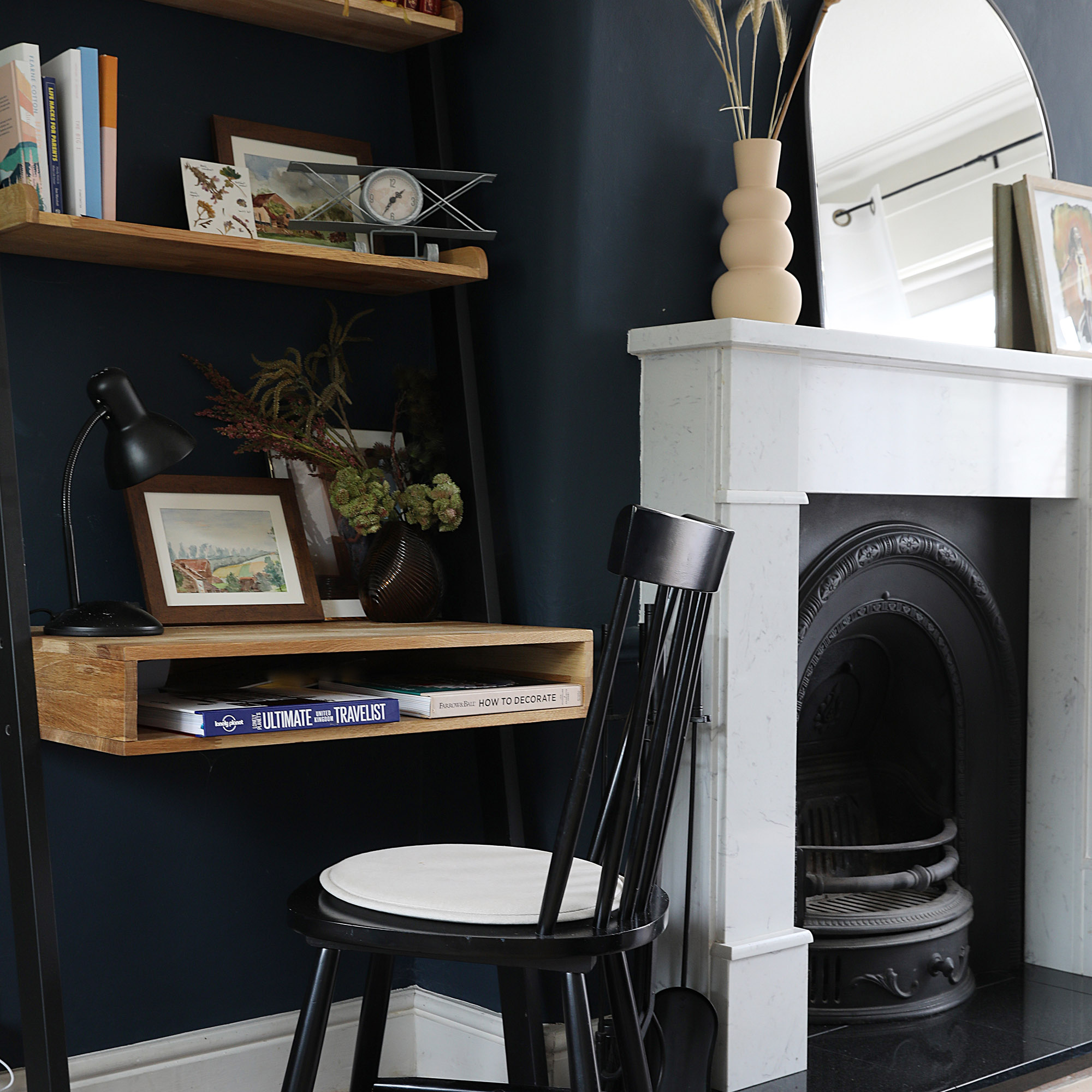
Contrary to our idea above, you don't always need an entire room for your office space, especially if you will only be using it occasionally. Rather than transform a whole room and lose precious storage or living space, look to spaces around your home that can be converted into a WFH spot. Under stair space is an ideal space as it won't eat into the footprint of your room.
Here, a tall kitchen unit and a matching base unit, slot in to create a 'built in' home office, with a length of plywood cut to fit as a desktop. Just add gorgeous cabinet handles for a smart finish and a floating shelf to display trinkets and art work.
11. Not realising a spare rooms' potential
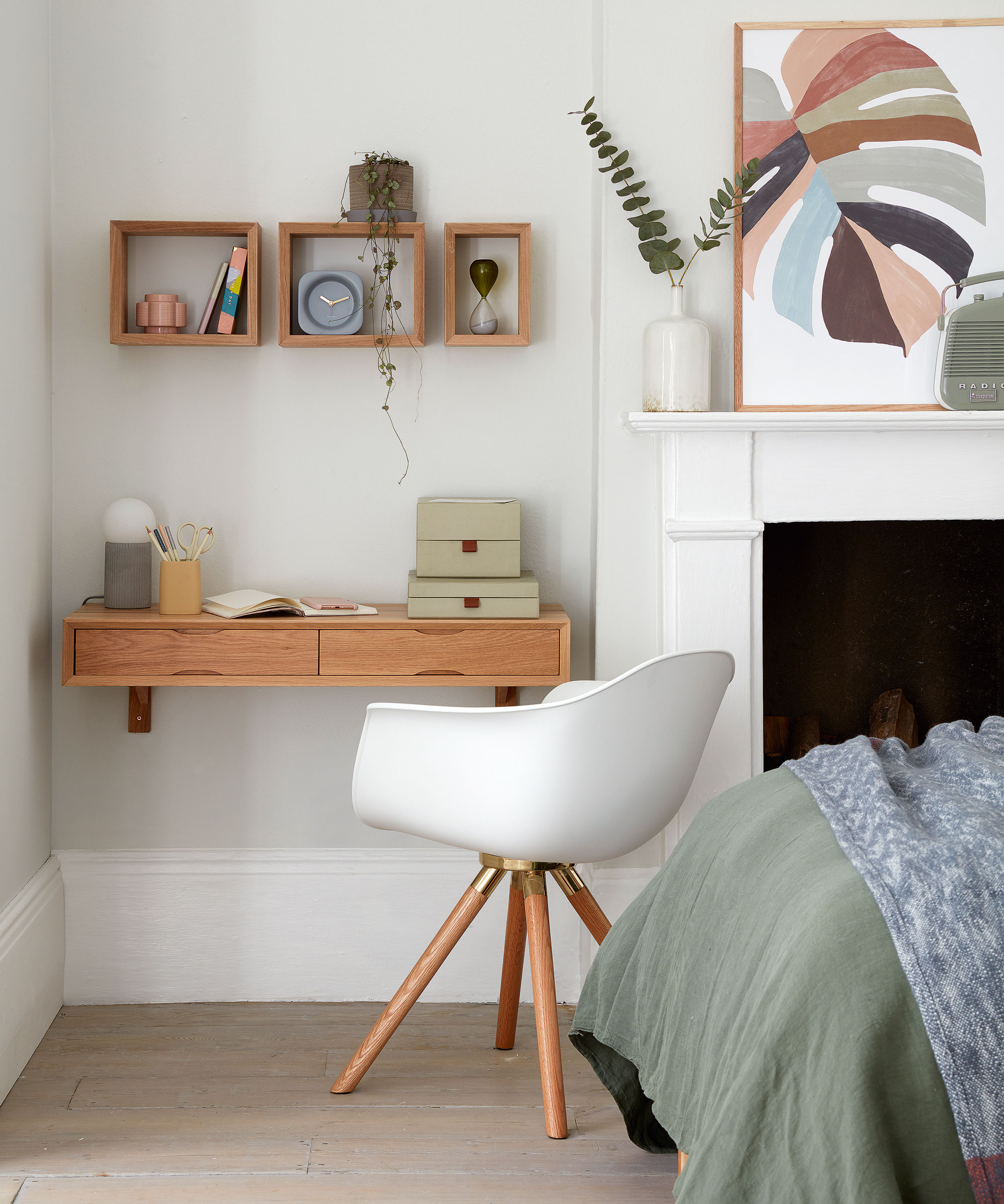
Guest bedrooms are a luxury to have in themselves, but unless you have friends and family to stay for long periods of time, at a regular basis, they are often not utilised to their full potential. While getting rid of the bed and turning the whole space into a home office is an option, it might seem a bit drastic, so opt for a sofa bed to keep options open. Alternatively, squeeze a desk into an alcove space and make the room dual purpose.
A narrow, floating desk won't protrude into the room. and when guests do come to stay, prop a mirror on it to make it their dressing table.
What are some considerations for designing a home office?
Firstly consider how you will be using you home office and how often? If you think you'll be spending most of your working week at home, that a dedicated space or whole room might be the way to go. While working from the kitchen table might be a solution short term, you'll be much more productive if you have a space you can really get stuck in to, and not feel like you have to move every time someone wants lunch.
If you'll only be working from home a few days each month, then a space that can be adapted for those days could be the way to go. An alcove in a bedroom, turned into a desk space, or corner of a living room with space to lay a laptop, might be a better, most cost effective solution for you.
Also consider practical elements like how good your wifi is and how far it will stretch. A garden studio or summerhouse might seem like a lovely idea, but you can't get internet out there, it will be ruled redundant. Think about heating and ventilation too, those cold, dark winters can be chilly and hot summers without a window to open, can mean stuffy and sweaty will be your permanent status.
Natural light is big thing to consider too. Working in a small, dark room with no natural light, won't be productive and could harm both your physical and mental health, plus is one of the most overlooked home office design mistakes.
How can I make my home office space better?
Define your home office space clearly. If it is part of an open plan room, think about zoning your space with a rug, or by painting the wall in that area a different shade. Also think about choosing office furniture that compliments the rest of the room. If you have lots of oak in your home, think about choosing an oak desk, or if you have a love for monochrome, work that into your space too.
You want to think about the flow of the room too. When you're sat down, what is your view? Can you see out of the window or are you staring at a blank wall? Think about what your colleagues will see when they video call you too, those beach holiday photos might bring a smile to your face, but do you really want your boss to see you in your swimsuit? Perhaps have a re-shuffle and make your space 'work appropriate'.
How can I make my home office look more expensive?
Well chosen accessories and hardware can elevate your home office and make it look more expensive. Swapping out wooden handles for brass ones, or boring desk lamps for smart anglepoise options are good places to start. When it comes to stationery and storage boxes, try to choose them all from the same range, so there is a sense of unity. Failing this, cover your box files and boxes in off-cuts of the same wallpaper or paint with left over paint samples. A mirror might not seem like an obvious must-have for a home office, but it looks good, will make the space feel larger and is on hand for those after lunch video calls, when you need to check you haven't got food on your face!
Finally, keep things tidy and organised and add a couple of houseplants to your scheme too.

Holly Walsh is a freelance Interiors Writer and Shopping Editor, but worked in-house here at Ideal Home for nearly 10 years. With a background of studies in Interior Design, her career in interior journalism was a no-brainer and her passion for decorating homes is still as strong now 15 years after she started, as it ever was. While Holly has written for most of the home titles at Future, including Livingetc, Country Homes & Interiors, Homes and Gardens, Woman & Home and Style at Home, Ideal Home has always been her ideal home, and she can still be found sharing her expertise and advice across both the printed magazine and the website, while also raising her two young children.
- Holly CockburnContent Editor
-
 Wood drenching is the calming new twist on the colour drenching trend – here’s how to make the look work in your home
Wood drenching is the calming new twist on the colour drenching trend – here’s how to make the look work in your homeIt’s easier than ever to embrace natural materials
By Maddie Balcombe
-
 Aldi is launching a £200 day bed with four different features - its sleek design is suited to the whole family
Aldi is launching a £200 day bed with four different features - its sleek design is suited to the whole familyYou don't want to miss out on this Specialbuy
By Kezia Reynolds
-
 How to set up a drip watering system that saves water and a lot of effort
How to set up a drip watering system that saves water and a lot of effortKeep your plants hydrated (and your water bill down) with this clever garden watering solution
By Natalie Osborn
-
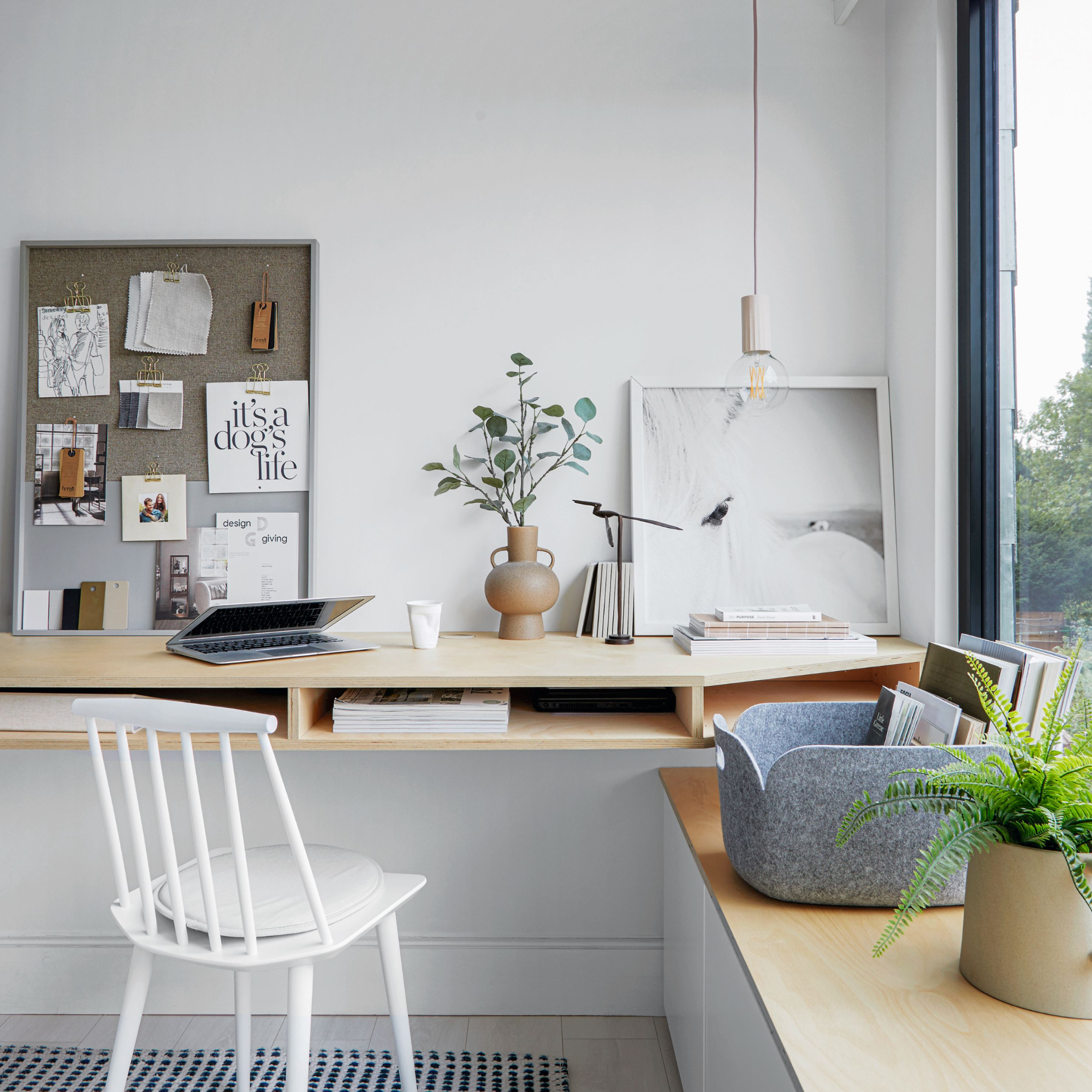
 Where to position a desk in a home office to improve your productivity and wellbeing, according to experts
Where to position a desk in a home office to improve your productivity and wellbeing, according to expertsThis is what the productivity experts have to say about where to position a desk in your home office
By Richard Jones
-
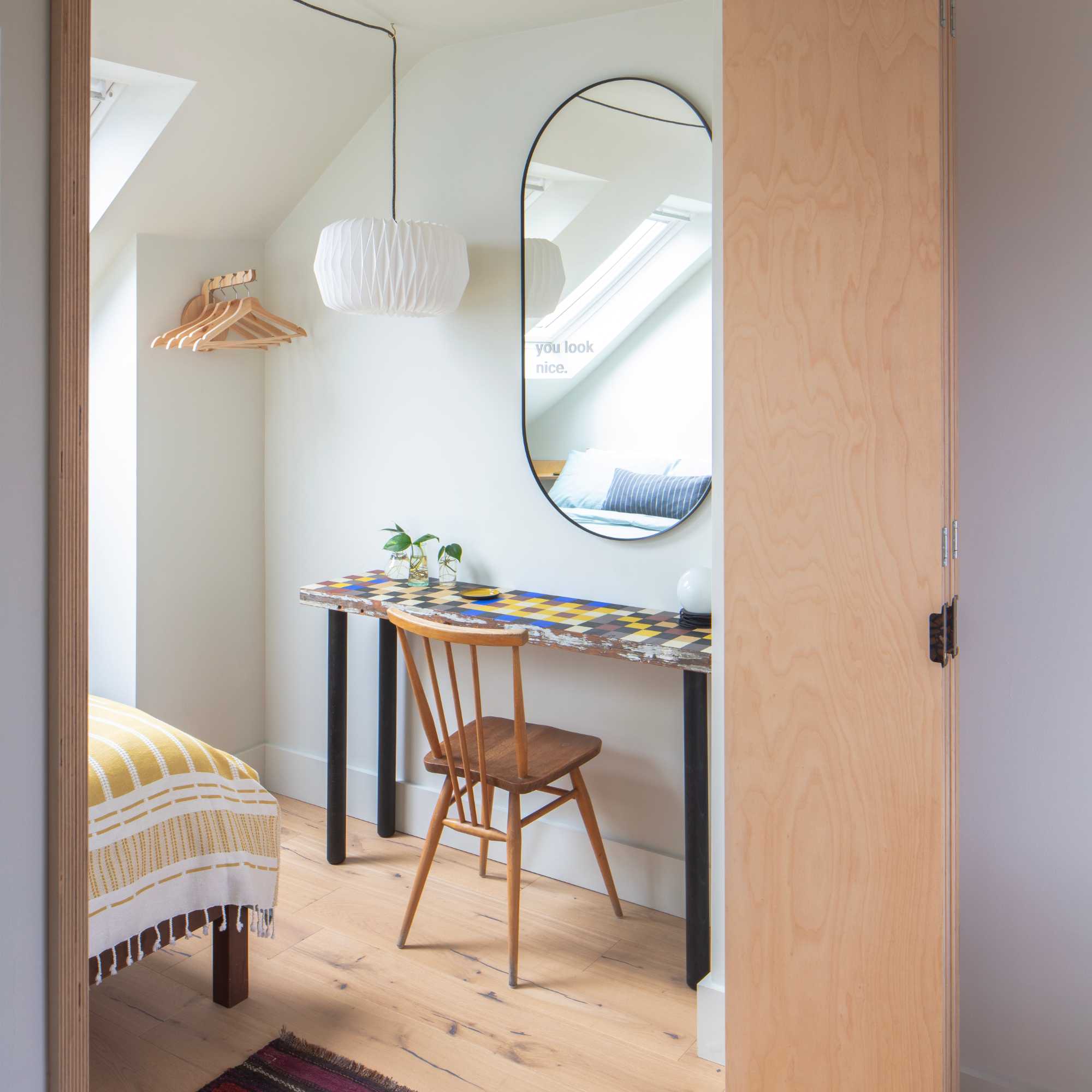 10 office guest room ideas to create a multifunctional space
10 office guest room ideas to create a multifunctional spaceMake the hybrid space work for working from home, studying and guests staying over
By Ellis Cochrane
-
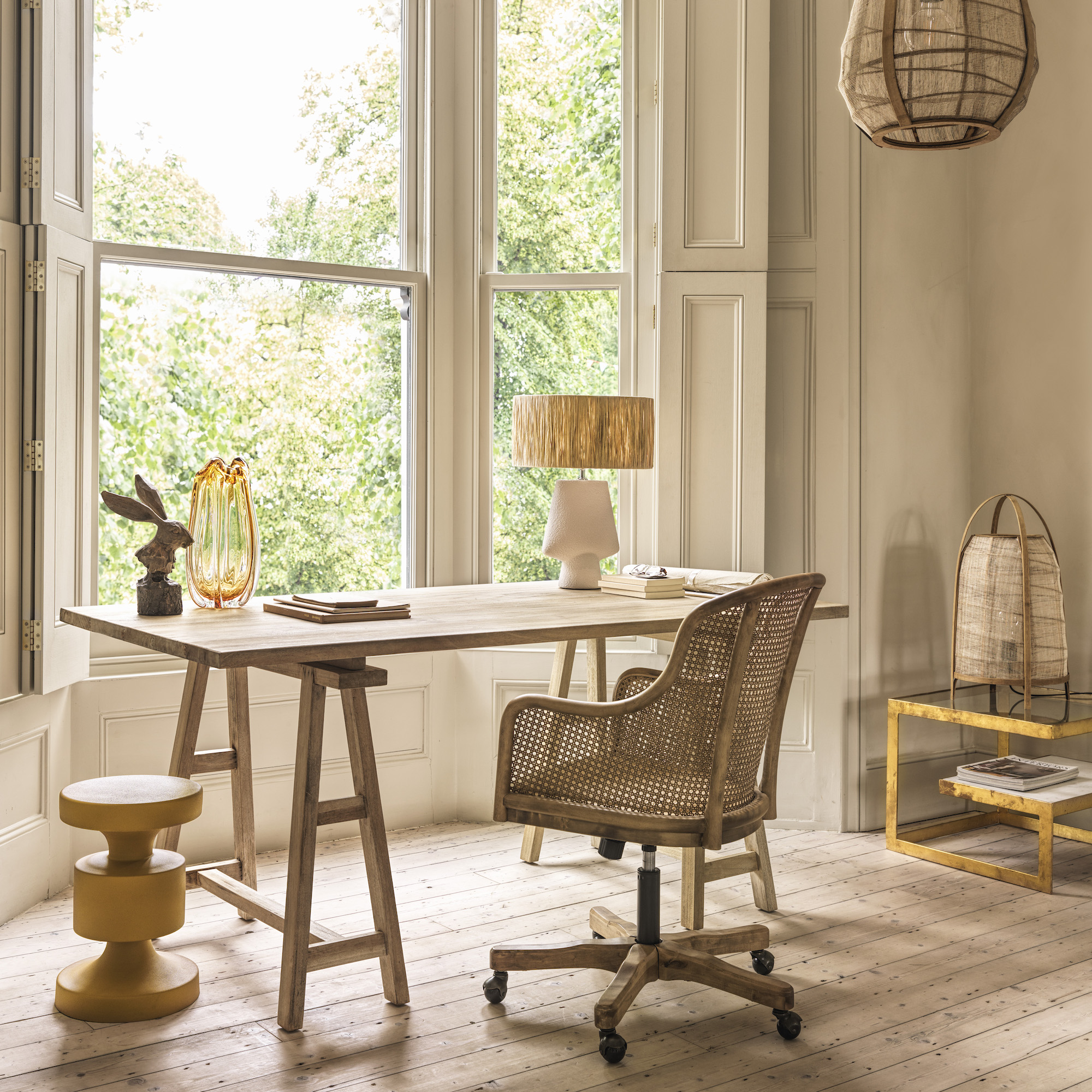 How to soundproof a home office – professional tips to help you work in peace
How to soundproof a home office – professional tips to help you work in peaceStay focused and productive when you're working from home with expert ideas to keep your office quiet
By Andrea Childs
-
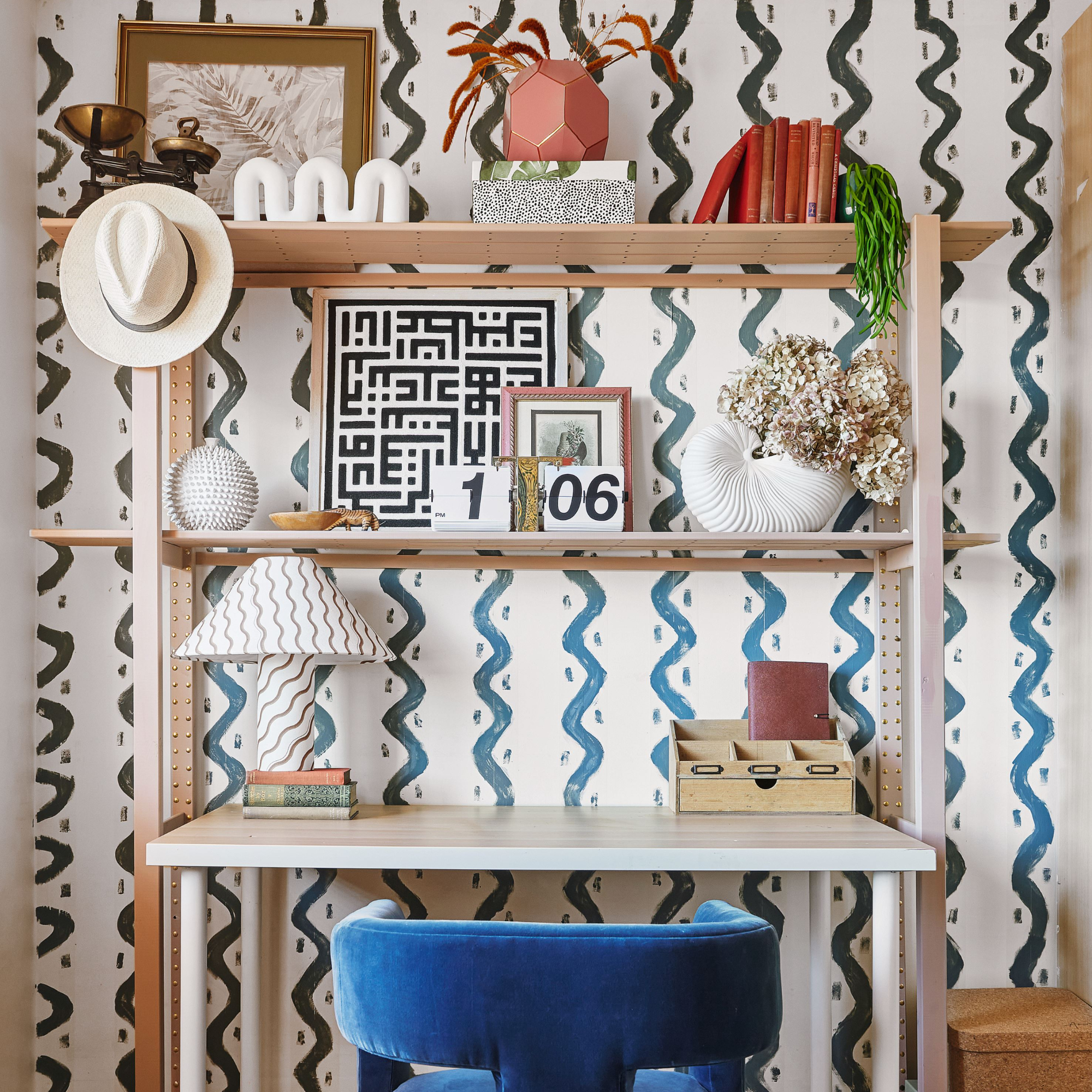 First impressions matter, even virtual ones – study reveals the winning formula for a video call backdrop
First impressions matter, even virtual ones – study reveals the winning formula for a video call backdropEven virtual first impressions last, so it pays to make them count
By Jullia Joson
-
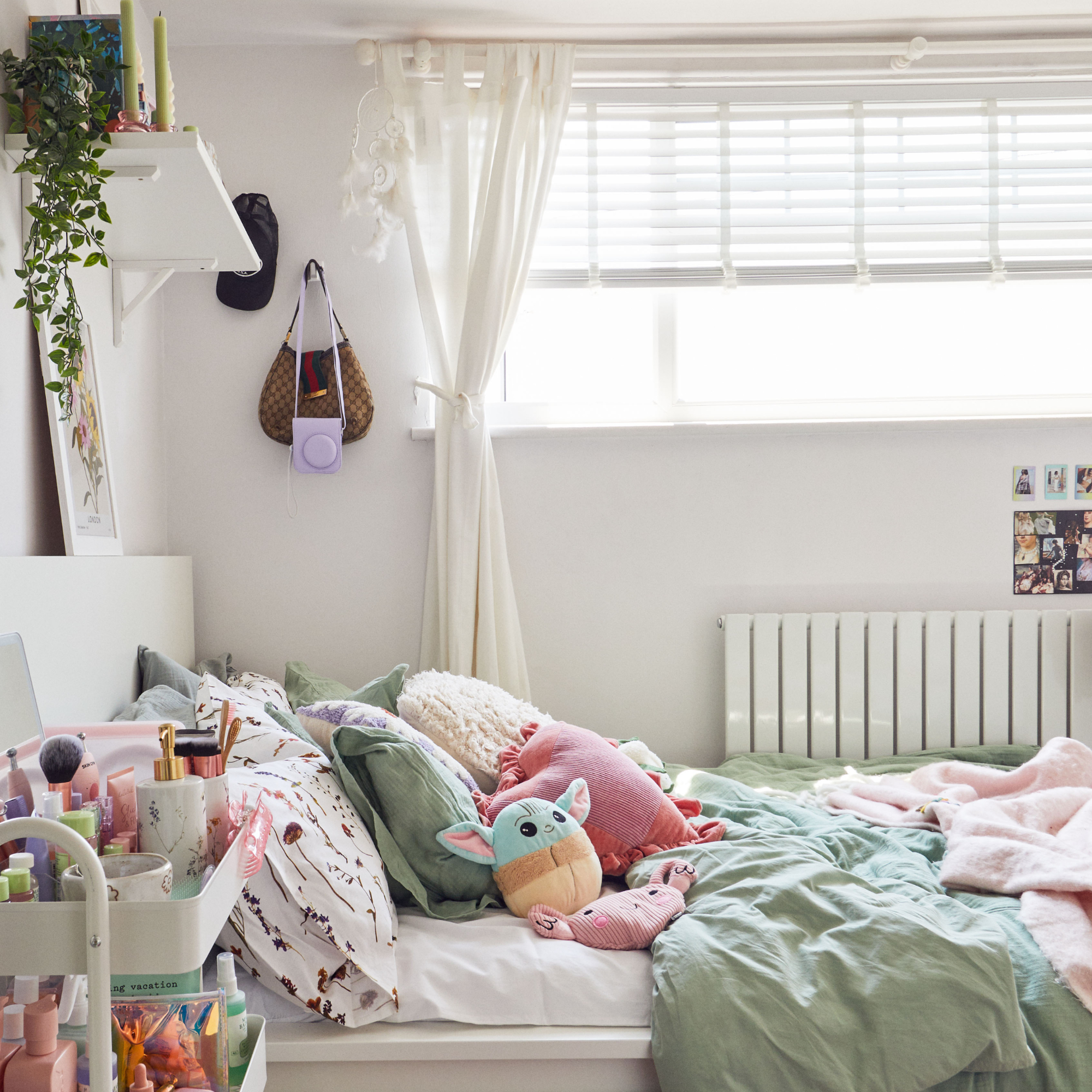 Parents, *please* don't send your kids off to uni with 'dorm grey' decor – try these colour schemes instead
Parents, *please* don't send your kids off to uni with 'dorm grey' decor – try these colour schemes insteadIt doesn't have to be a 'canon event' for every student
By Jullia Joson
-
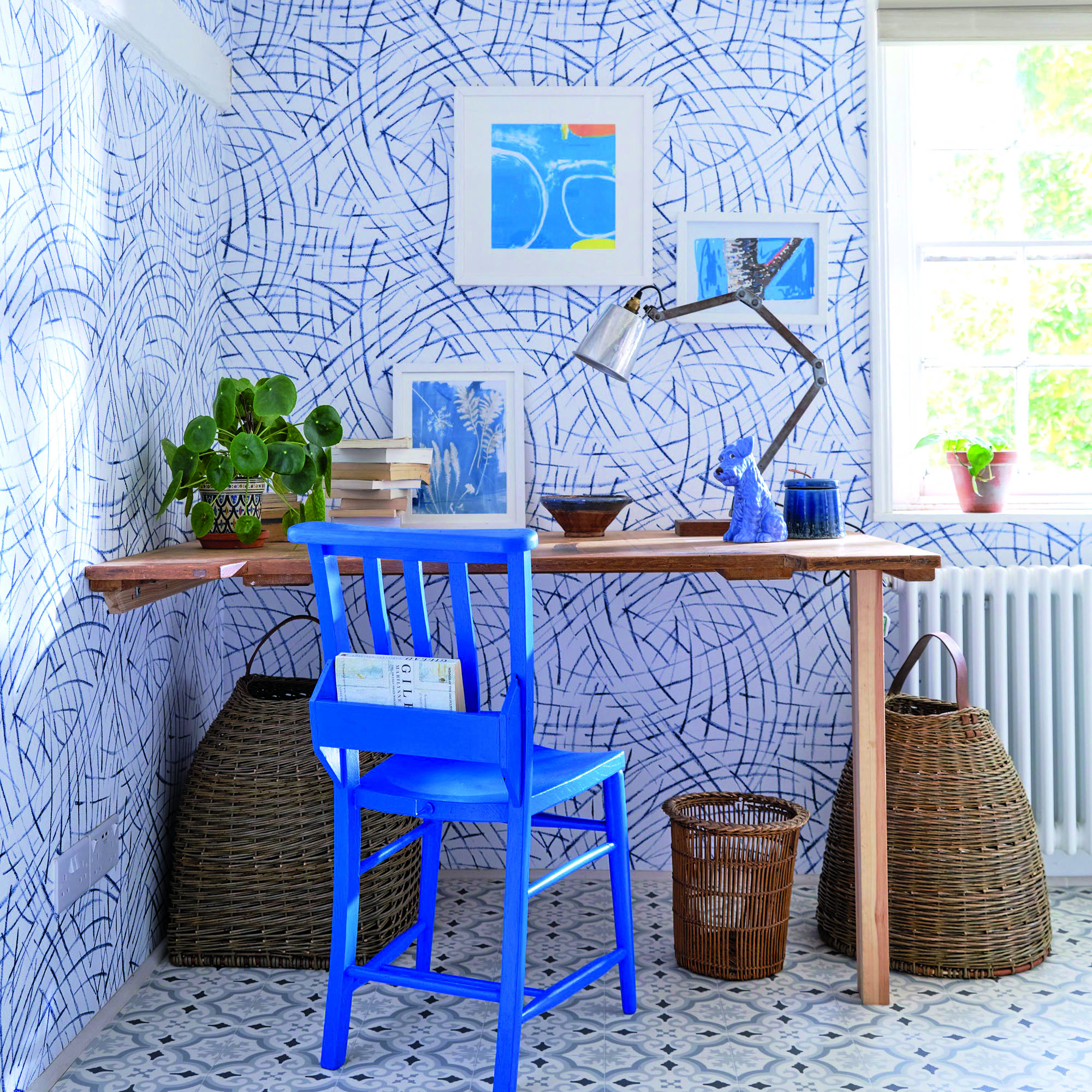 The mistakes our team of home design experts always avoid in a small home office
The mistakes our team of home design experts always avoid in a small home officeGet your space-deprived home office in working order with our lowdown on the most common design faux pas
By Linda Clayton
-
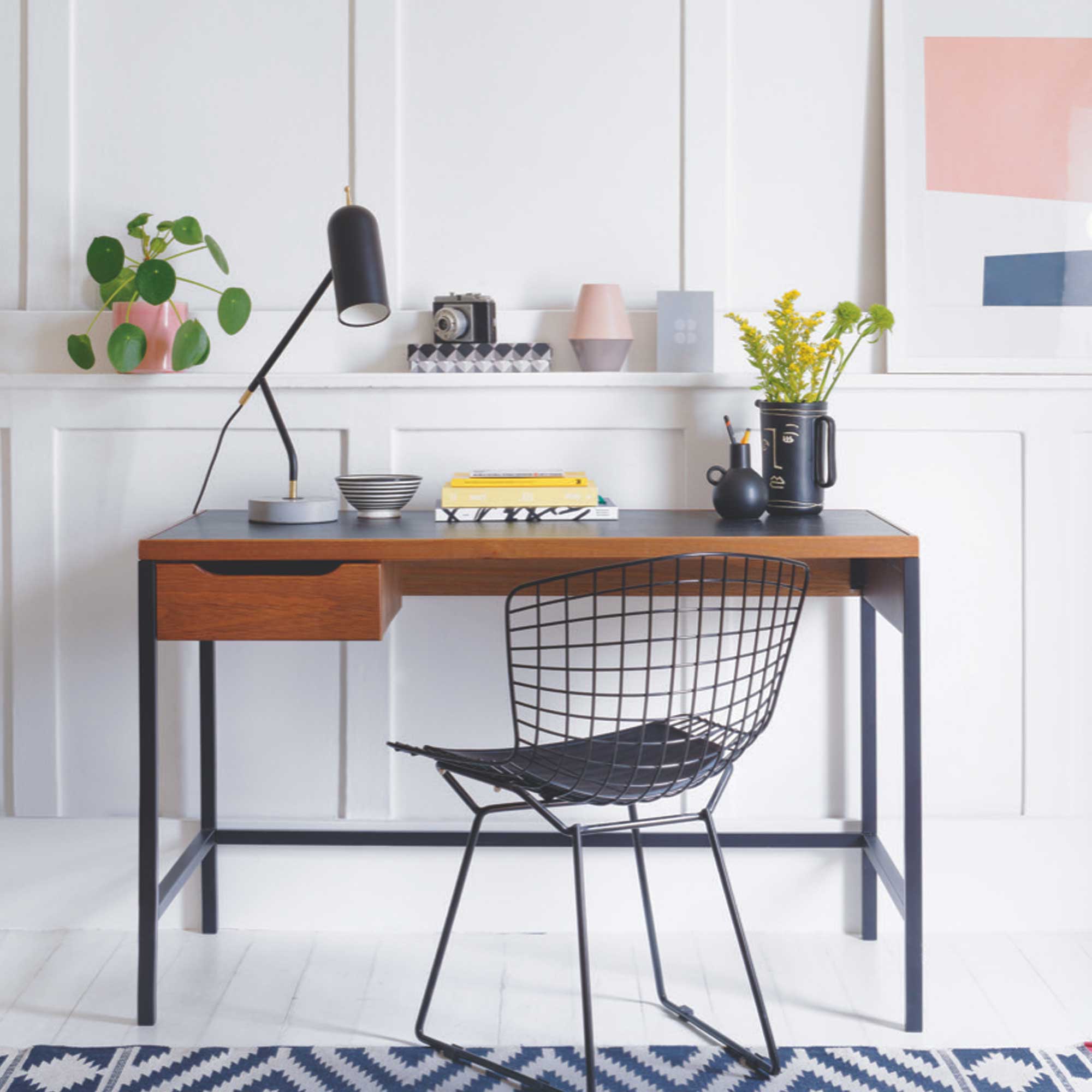 Do you want your WFH days to be more productive? This is the kind of artwork you should be adding to your home office walls
Do you want your WFH days to be more productive? This is the kind of artwork you should be adding to your home office wallsWho knew art could impact your productivity?
By Sara Hesikova
-
 Colours you should never paint a home office, according to colour experts
Colours you should never paint a home office, according to colour expertsLooking for a productive colour for your home office? These are the shade to avoid according to experts
By Rachel Homer